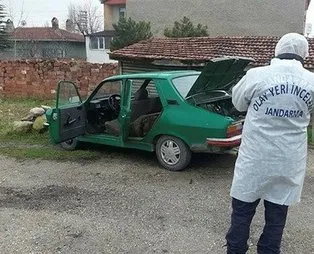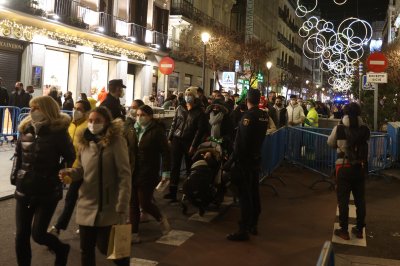But at first glance, nothing will change for voters. 200 deputies are elected for four years, again in fourteen regions. Voters select one candidate from 22 parties, movements and coalitions. Each voter has four so-called preferential votes, where he can mark a candidate with a circle, which can move up the list on the list. In order for this to happen, the person in question must be circled by five percent of the voters who voted for the party whose candidate is on.
Easier coalitions have access to the Chamber. The law has reduced the percentage they must receive to pass. While in the last election the three-party coalition Together would have to win 15 percent, now the coalition of ODS, TOP 09 and the People’s Party will be enough for 11 percent. Pirates of the Mayors need a seat of ten to eight percent.
For individual parties and movements, the threshold for entering the House remains five percent. However, the conversion of votes into mandates will be quite different and difficult for lay people. It will take place in two phases, so-called scratches. Instead of d’Hondt’s method, the Imperiali quota is used. Each party will receive as many seats in a given region as the quota will fit in the number of valid votes for that party. According to the expert on the right to vote, political scientist Tomáš Lebeda, the number of undistributed seats will be greater the more parties get into the Chamber. It can be thirty or more seats. The remaining votes and seats will be transferred to the second ballot, which will take place at the national level, as the remnants of all 14 regions will be added to each party. And a new recalculation will be made, similar to the regions.
) YES, Together, PirStan, SPD and KSČM recalled
Video: Novinky.cz/AP/Právo
“The joke is that in theory it can happen that a region will be lucky and will meet “more of the seats than originally distributed, and some regions may be unlucky and will meet fewer,” said Lebeda. He added that it can be politically explosive and difficult for citizens to understand.
“Imagine the example that in the Hradec Králové region there will be more remind them of their rivalry, and it will end up with Pardubický having more seats than Královéhradecký, “remarked the political scientist.
Despite the more complex calculation of seats, the results would have to wait a long time it shouldn’t. Unlike in the 1990s, when there were also two scrutiny and the names of the party to the other, this time the candidates of the parties with the largest remainder of undivided votes and seats will automatically advance to the second scrutiny. “We do not estimate when the results will be known by name. They can be known after 100 percent of the districts have been counted. If one does not stop, I assume that it should not be longer than in the last elections, ie on Saturday evening, “said CZSO spokesman Jan Cieslar.
Then it will turn out who passed to the House and the ratio of forces in the coalitions. And also who managed to get to the lower house thanks to preferential votes and at whose expense.
Note: This article have been indexed to our site. We do not claim legitimacy, ownership or copyright of any of the content above. To see the article at original source Click Here













